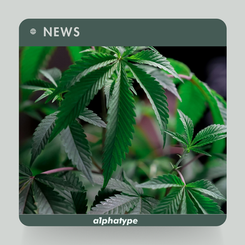News: Using AI to Replicate Odors and Validating Them Via Experimental Quantification of Perfume Perception.
- Manuel Basegla
- Mar 17, 2024
- 2 min read
Updated: Feb 25
Published 12:14 AM EST, Mon March 18, 2024
A small team of chemical engineers at the Norwegian University of Science and Technology, working with a colleague from IA Murins Startups, has developed a way to use machine learning to replicate odors and then validate them using experimental quantification of perfume perception. The group has posted a paper describing their research on the arXiv preprint server.

A team of Norwegian researchers has created a novel approach to recreate current scents through machine learning (ML). More than just creating molecules with the required smells, this method takes into account the way those molecules interact with their surroundings and evolve over time. While this novel methodology considers aspects such as "top notes," or the scent that is detected immediately following application, and the way the fragrance changes with time, existing machine learning approaches may be able to predict a pleasant smell.
An AI that the researchers developed was taught using a library of well-known compounds and their scent profiles. Next, in order to replicate the behavior of actual perfumes, they employed the AI to create new molecules that matched particular aroma qualities and also took evaporation rates into account. Two perfumes that already existed were successfully replicated using this two-pronged strategy.
The possibility for AI-driven fragrance design to produce any desired aroma on demand is made possible by this research. With the use of this technology, perfumers may be able to produce unique scents, enhance already-existing ones, or perhaps create completely new smell experiences in the future.
One possible industrial benefactor of this AI-driven scent development is the cannabis sector. Some cannabis strains have particular scents associated with them; growers might use bespoke fragrances to draw attention to a strain or even cover up unpleasant smells. For example, in a strain that promotes sleep, specific terpenes linked to calm might be highlighted, and disagreeable smells could be covered up by adding complementing aromas. Retailers of cannabis might also utilize personalized fragrances to make their store feel cozier and friendlier to clients. All things considered, AI-powered scent design has the potential to innovate and set the cannabis market apart.
Source: Phys.org














